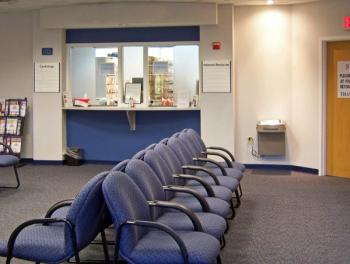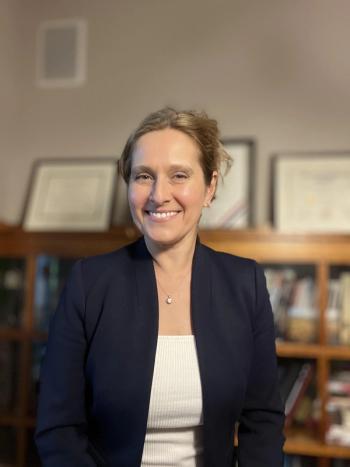
COVID-19 pandemic still affecting health care payments for physicians
Patients, payers also share 2022 perspectives as everyone deals with staffing, burnout, and high costs likely to continue this year.
Years of inaction, followed by the COVID-19 pandemic, are making it difficult for physicians and other health care providers to get paid.
Physicians and other providers, patients, and payers all lent perspectives to
The report is filed “to start a conversation about the state of healthcare payments and shine a light on the trends that need the industry’s focus.” This year, it might not be a welcome conversation.
“The diagnosis is critical,” the report’s executive summary said. “Payments in healthcare are running on outdated and broken channels, which were built long before digital connections were widely adopted. Business as usual in healthcare payments cannot keep up with the demands of our modern economy.”
The company announced a number of key findings that showed health care providers, payers, and consumer all continue to feel effects of the COVID-19 pandemic.
Among the top results:
- 36% of providers operated at a loss due to surges from outbreaks
- 41% of providers relied on external funding to remain open.
- 31% of providers spent more than expected on hiring in 2022.
- 20% of providers hired more staff than needed for vital roles with high turnover.
- 78% of providers primarily collect from patients with paper and manual processes.
- 74% of providers say it takes 2+ statements to collect a patient balance in full.
- 44% of payers say in-house payment processes were a top challenge in 2022.
- 56% of payers were challenged by too many open positions or high staff turnover in 2022.
- 77% of consumers now expect virtual and self-service options to always be offered.
- 67% of consumers want digital and electronic payment options, such as receiving eStatements and paying online.
- 85% of consumers want to pay all their medical bills in one place.
- 81% of consumers want to pay health plan premiums online.
- 68% of consumers want to schedule automatic deductions for recurring premiums.
Newsletter
Stay informed and empowered with Medical Economics enewsletter, delivering expert insights, financial strategies, practice management tips and technology trends — tailored for today’s physicians.















